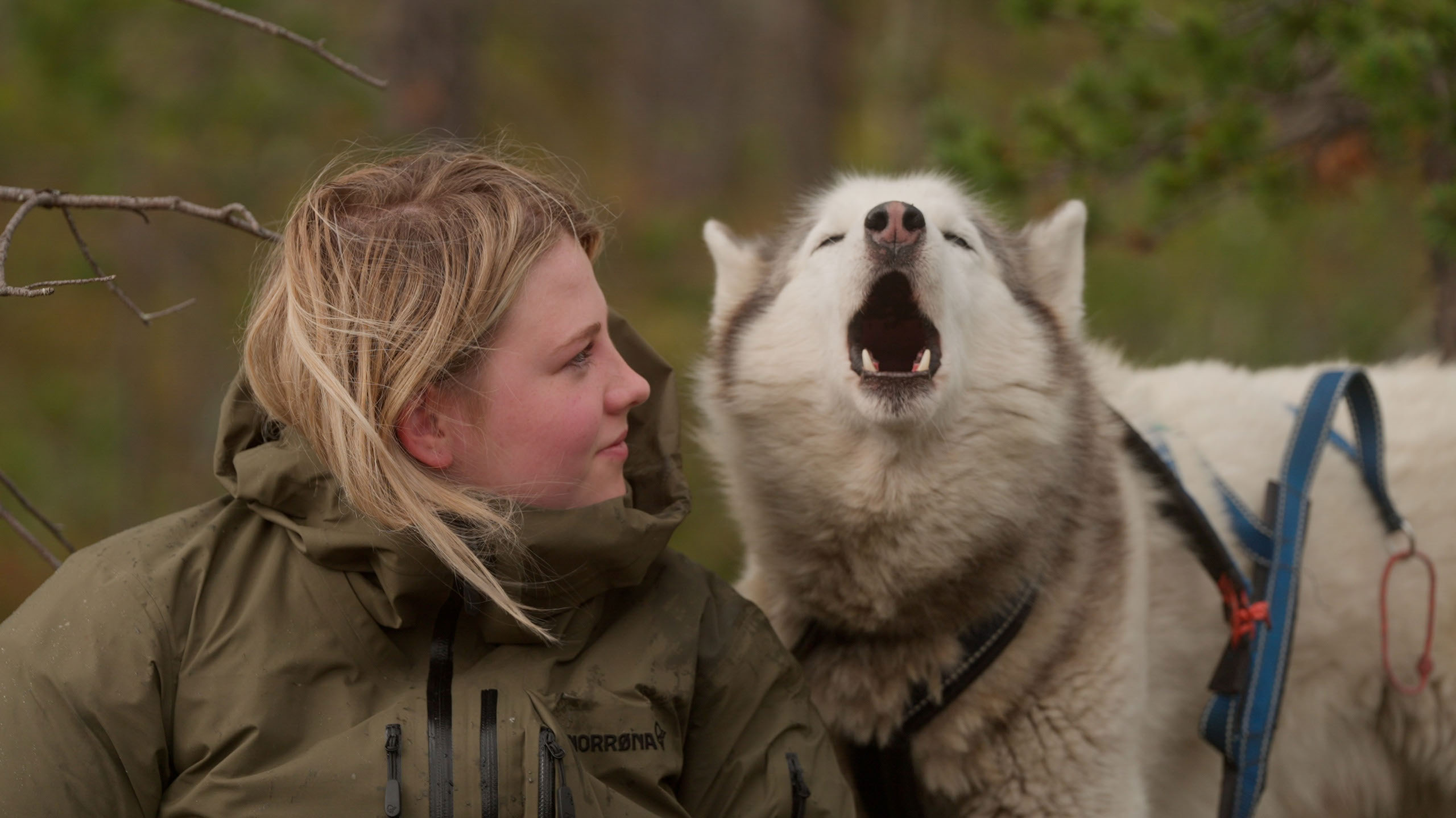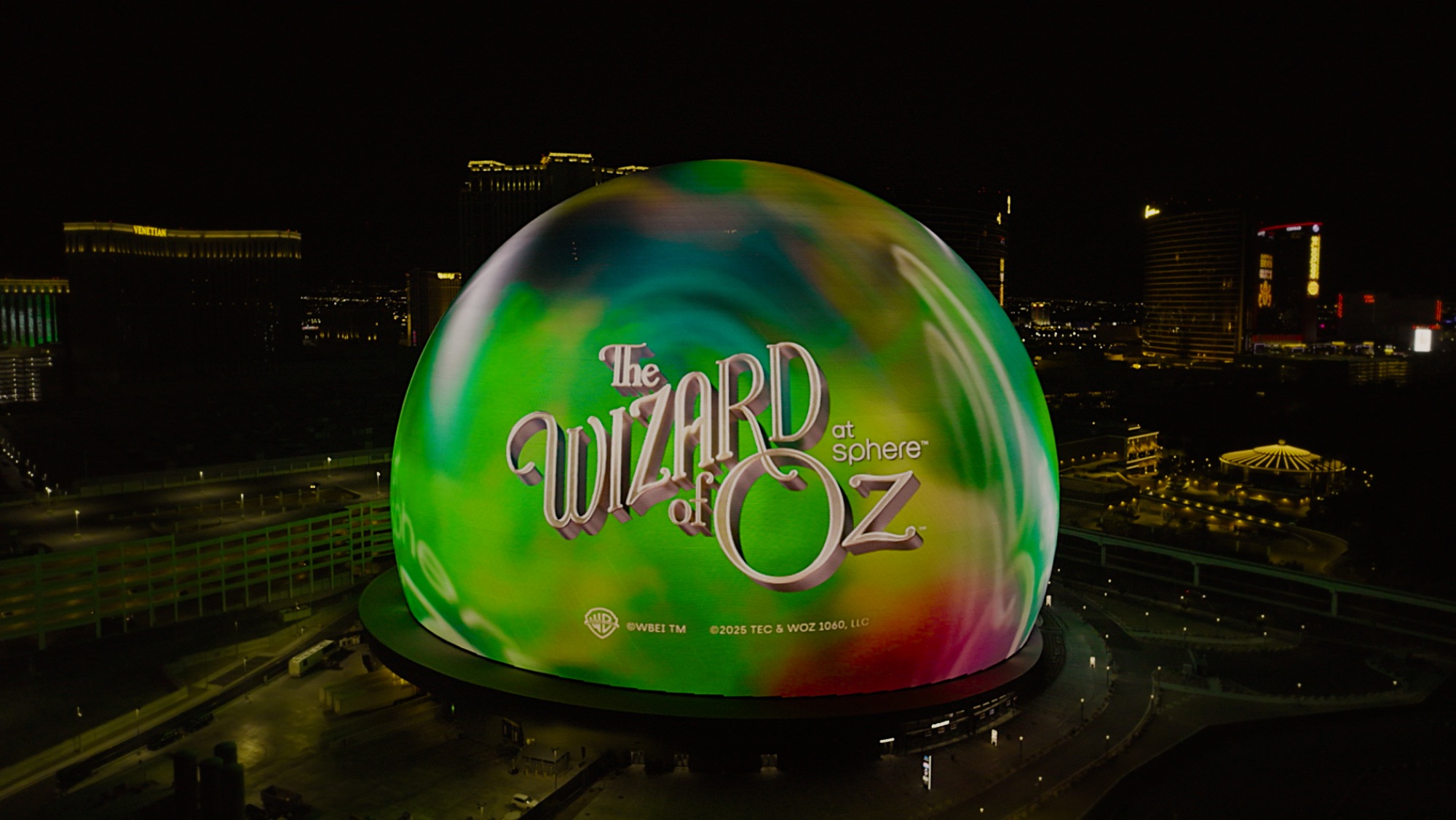Despite the challenges facing documentarians Heidi Ewing and Rachel Grady while making “Folktales” (Magnolia), the movie was easy to finance. Neither the frozen setting 300 miles above the Arctic Circle nor the foreign Norwegian language was their biggest obstacle. It was Gen Z.
Ewing and Grady found financing for “Folktales” because they’ve been around for a while. They are at the top of the documentary pyramid, with an Oscar nomination (2007’s “Jesus Camp”) and a string of high-powered assignments like “Norman Lear: Just Another Version of You.” (Ewing also directed a narrative feature, “I Carry You With Me.”)
They know what makes an engaging documentary. “There’s got to be a reason it’s cinema and not a New Yorker article, a podcast, a letter to your mother, a dinner party conversation,” Ewing told IndieWire on Zoom. “This is basic. A topic is not a movie. Does it have a strong visual element? We are vérité filmmakers. It’s an inefficient kind of filmmaking. What makes some people take one direction versus the other? What information or emotion penetrates a young person that actually has a lasting impact? Then we cast characters that seem to want to change and want to be different over a period of time.”
Ewing and Grady have observed teenagers before (“The Boys of Baraka,” “Jesus Camp”). This time, it’s a group signing up for a gap year at a venerated school in Norway’s Arctic North that teaches survival skills and dogsledding. “This film had all of the makings,” said Ewing. “There were a lot of reasons not to make it, but the reasons to make it outweighed them.”
Despite ongoing issues in the independent and nonfiction sectors, the film was not hard to get off the ground. “We did not go pitch it to a streamer,” said Ewing. “We went right to private equity. We wanted to have editorial control on this film. We had to raise the money extremely quickly because we got access to the school and decided to make the film in March 2023, and started shooting in June 2023, and the film opened Sundance 2025.”
First, they lined up Impact Partners, then Fifth Season (formerly Endeavor Content), and Topic Studios. That was possible only because Ewing and Grady have established themselves over the years as reliable filmmakers. “We’ve been around for a minute. We were going to deliver them a movie, even though it was hard, and we couldn’t tell them who the characters were because we couldn’t cast it yet,” said Ewing. “There was a level of trust that was given to us because of our pedigree, because of our body of work. That would not have happened if this was our second or third film.”
The other draw for the filmmakers and their funders? The dogs. “We both have dogs,” said Grady. “Dogs make us feel good. Dogs make us feel less selfish, not the center of the world. Then we start down this path of these special schools that help people figure out what their purpose and meaning is, and they use Arctic survival as a means to remind people that there’s been eons behind you of existence and the cycle of life, and there’s going to be many, many generations.”
When the filmmakers learned about schools that use dogs as a means to teach people how to be better humans, “we were in, because we both are dog lovers,” said Grady. “Dogs bring out the best in humans. They make them more patient, they make them more gentle, they bring up people’s sense of humor. You must take care of this animal. We knew, having filmed young people for years, that these dogs were going to touch them and change them. And what a genius idea to remind people how to be human, but through another animal. In fact, I only want to make films about animals for the rest of my life.”

When the filmmakers visited the Pasvik folk school, they saw what the kids were going through. “They were doing such hard things, and they were testing themselves,” said Grady. “And the teachers were showing us that we could do it. And we said, ‘Fuck it, we can do it.’ As filmmakers, it was there. It was visual. Dogs are great, coming of age, all that beautiful Norwegian skin. But on top of it, there was something inside of both of us that was yearning for the same sort of lessons that the kids were getting.”
During production, the filmmakers met physical challenges — polar night provided about two hours of sunlight a day — and production challenges. “They’re not exactly the same,” said Ewing. “It’s almost impossible to photograph dogsledding. But truthfully, it wasn’t really the cold or the darkness or the sledding, which was all hard to shoot. I love the technical stuff: figuring out the right lenses, working with the DPs, sorting out the challenges of the harnesses, planning, ‘How are we going to photograph this?’ Do we need a snowmobile? Do we need a car? That’s fun. The most stressful thing wasn’t the cold or anything like that. It was Gen Z.”
That’s because Gen Z is used to controlling their image. Their world is the selfie. “They’re not fully trusting outsiders to come in and chronicle their lives,” said Ewing. “Why should they be, when everything in the social media universe is about ‘me’ and ‘I’m controlling, I’m editing’? These European kids don’t want to be famous, don’t want to be influencers. We didn’t have anything to offer them outside of, ‘hey, this could be an interesting experience.’ “
It took time to build trust. “The relationships were built, but it was always having to be earned and re-earned again,” said Ewing. “And it never was totally easy. I would say the last few months were easiest. Obviously, it’s up to them if we’re allowed to film something or not. They can tell you to take a hike, and you have to leave. That’s normal in vérité filmmaking. But it was important that the students knew that they could always say, ‘I’m not comfortable,’ or ‘turn off the camera.’ And once they understood that, because they saw us walk away many times, it got easier. It was trying to find a common purpose of the film with them.”
“We’ve been filming young people for two decades,” said Grady. “So a 14-year-old 20 years ago, and a 14-year-old 10 years ago, and a 14-year-old now are completely different social animals. This was the first time that we were filming young people in this modern context. So it was a surprise at first. We had to adjust. Our regular stuff didn’t work. They didn’t have this incentive for us to do it. They have no context for observational documentary film. They haven’t watched a whole lot of them.”
What they have watched is reality TV: “Love Island,” “Big Brother,” “Survivor.” “It’s hard to explain that we’re not that,” said Grady. “We’re not asking you to create conflict where there is none. Also, we’re not going to put a filter on them where they look perfect. It was a different kind of trust. It was real anthropology.”

One solution was the “Gen Z Safari,” a camera outfitted with bazooka lenses, “longer and longer and longer lenses so they wouldn’t be bothered by us,” said Ewing. One great sequence, as the campers camped alone in tents in the snowy woods, demanded that the filmmakers not be seen at all.
“We had to employ a 1200-millimeter lens with an extender for the solo nights, because we promised the students and the teachers that they would actually be alone, and we were only allowed to approach the students when the teachers did a safety check, and they were mic’ed,” said Ewing. “We were out 14 hours in the snow. We had military shoes over shoes. We had special gear, and we would just sit in the snow, and they had little headlamps on that was our only source of light. It’s one of the most edifying sequences in the film. We had to learn deep and abiding patience in the snow and trust that if you waited, something was going to happen in front of your lens.”
The filmmakers whittled their characters down to three: the ones they bonded with, who “are able to articulate what they’re looking for,” said Ewing. “All three of these young people told us the very first time that we talked to them what they wanted. This is a path. And if you’re able to help them on that journey and you’re rooting for them, there is an incentive. Those particular goals they told us, so they wanted to be part of it in some way.”
Putting introverts on film is rare. On the festival circuit, the filmmakers were surprised at how audiences responded to them. “Young audiences gravitate to the most introverted character because they see themselves,” said Grady. “Documentaries don’t show introverts because they don’t participate in the films. Only fiction has introverts.”
The technical demands of shooting in the Arctic were huge. The temperature was negative 30 degrees Fahrenheit, which impacts batteries. “The drone kept breaking, falling down,” said Ewing. “We had to go search for it a bunch of times. We were always sending it back and forth to Germany and not telling them why. It was broken all the time.”
The dogsledding sequences are exhilarating to watch but were arduous to shoot. The filmmakers couldn’t put their cinematographer on the sled. “It’s too heavy,” said Ewing, “unless he has his own separate pack of dogs. So we got one or two of those shots. But the best way to photograph dog sledding is if you have a snowmobile alongside the dogs. You need a cart to be built on the back of it, so you can sit in with your DPs, with all of your gear, your monitor.”
Norway applies restrictions on where you can put snowmobile tracks. The location was near the Russian border, so the filmmakers had to call the military every time they put the drone in the sky, or they’d create an international incident.
“If you fly 300 feet in the wrong direction, they will shoot it down,” said Ewing. “So we’re always calling the military, and we got to know them. ‘Can we fly it?’ The audio was often being jammed; our audio channels were being taken by the Norwegian military, Russian, or maybe the American military, so our signals were jammed a lot. There were inherent problems with shooting on the border with Norway and Russia that are new since the war in Ukraine. We had to use wired microphones and handheld mics. I’m embarrassed to say, the best material we got on the dog sleds was thanks to the lowly GoPro, which I said I would never use in my career, because it’s for dumb sports things. Well, the GoPro saved us multiple times. We had them running all the time, attached to the sled, and we got special interactions and moments because of that. The cheapest tool was the most useful.”
Because the movie is a theatrical release, the filmmakers returned to the festival circuit for the first time since their self-released “Detropia” in 2012. “The last few films we’ve made, we do one or two festivals, and they go broadcast on HBO or Netflix or whatever, because there’s never a long tail anymore when you do a film with a streamer,” said Ewing. “They want to get it on the air right away. We went from Sundance to Oslo to Thessaloniki, Greece, to Nantucket, Full Frame, trying to build word of mouth, because this is an old-school theatrical release of a documentary film. We hadn’t worked this muscle in a long time. We’re having a blast, because showing a film to an audience is a communal experience. It’s like live theater. You have a low-energy audience, you have an out-of-control audience, and you have an emotional audience. They feed one another. The laughter is loud, the tears are happening.”
Magnolia Pictures released “Folktales” in New York on July 25 and in Los Angeles and other markets on August 1.



